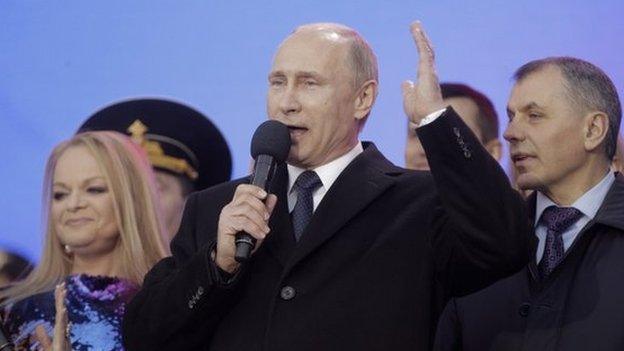Russia stages massive WW2 parade despite Western boycott
- Published
The parade is a chance for Russia to show her continuing military might, as Lyse Doucet reports
Russia has staged its biggest military parade, marking 70 years since victory over Nazi Germany in World War Two.
Thousands of troops marched across Red Square in Moscow, and new armour was displayed for the first time.
Many foreign dignitaries were present, but most Western leaders stayed away because of Russia's role in Ukraine.
President Vladimir Putin said global co-operation had been put at risk in recent years. His Ukrainian counterpart accused him of justifying aggression.
Russia denies claims by the West that it is arming rebels in eastern Ukraine. More than 6,000 people have been killed since fighting began in April 2014 in Ukraine's Donetsk and Luhansk regions.
Show of strength
In his opening speech, President Putin paid tribute to the sacrifices of Soviet troops during World War Two. He also thanked "the people of Great Britain, France and the United States for their contribution to victory".
But he added: "In recent decades the basic principles of international co-operation have been ignored ever more frequently. We see how a military-bloc mentality is gaining momentum."
The remarks echo previous complaints by Mr Putin about what he says are efforts by the US and its Nato allies to encircle Russia militarily.
Meanwhile, at a wreath-laying ceremony in Kiev, Ukrainian President Petro Poroshenko condemned Russia's portrayal of his government as fascist over the past year.
"Obviously this is done with one aim alone - to justify... the Russian aggression against Ukraine."
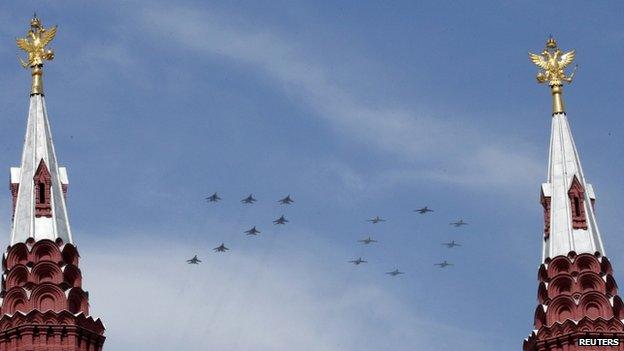
A spectacular fly-by featured more than 100 warplanes, including long-range bombers
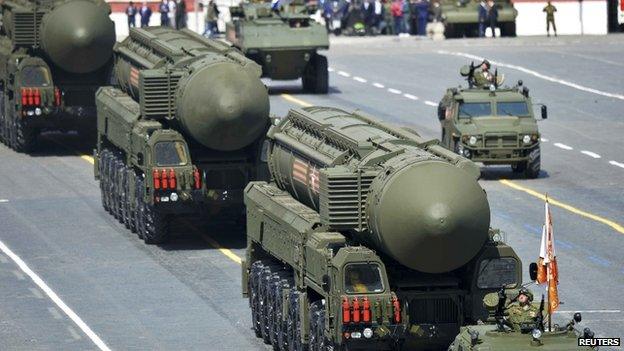
Intercontinental ballistic missile were also on show
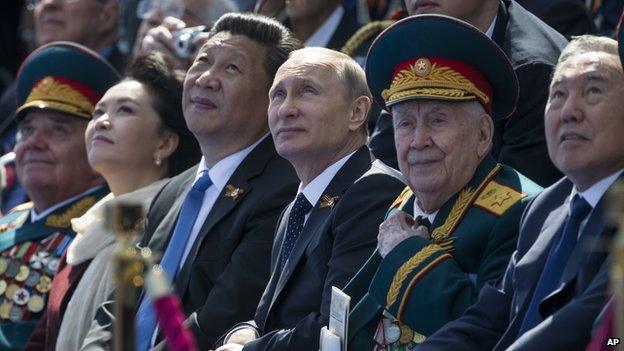
President Putin (centre) sat alongside the presidents of China (third left) and Kazakhstan (far right)
The victory parade in Moscow started at 10:00 local time (07:00 GMT). Chinese President Xi Jinping, President Pranab Mukherjee of India and UN Secretary General Ban Ki-moon were among more than 20 world leaders watching the event.
Military units from across Russia - some dressed in WW2-era uniforms - marched, and more than 100 aircraft flew over Red Square.

BBC diplomatic correspondent Bridget Kendall, Moscow:
Compare this year's foreign guest list with previous years. This time, instead of Russia's European wartime allies, standing next to President Putin was the Chinese President, Xi Jinping.
Other VIPs included the presidents of India, Egypt, and South Africa, Central Asian leaders, and longstanding Russian friends like Cuba and Venezuela.
Most Western leaders stayed away in protest at Russia's actions in Ukraine, sending their ambassadors to the parade instead.
Some denied it was a boycott, but the message was clear. "It wouldn't be appropriate for Western leaders to stand on a military podium with Mr Putin after Russia's annexation of Crimea," said one European diplomat.

Also on show was the new, hi-tech Armata battle tank, which has a remote-controlled gun turret and reinforced capsule for the crew, as well as the RS-24 Yars intercontinental ballistic missiles - each capable of delivering three nuclear warheads.
In a sign of closer ties between Russia and China, a column of Chinese troops marched in Moscow for the first time.
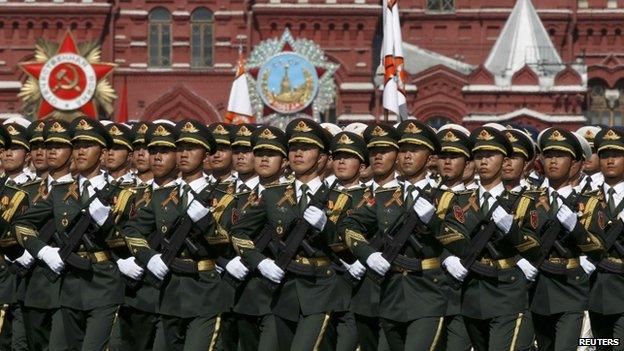
Chinese soldiers marched in Moscow for the first time

Russia's Great Patriotic War 1941-1945
22 June 1941: Nazi German troops invade Soviet Union, despite 1939 non-aggression pact
Winter of 1942-43: German advance blocked at Stalingrad, south Russia - about two million soldiers and civilians die in long battle
1944: Soviet offensive spreads across Eastern Europe as German troops retreat
21 April 1945: Soviet troops enter Berlin
30 April 1945: Hitler commits suicide
More than 60 million war dead globally - heaviest losses were Soviet, an estimated 26 million

"I've seen little children dressed up as Red Army soldiers", reports Sarah Rainsford outside the Bolshoi Theatre in Moscow
Military parades on a smaller scale were also held in other cities, including Sevastopol in Crimea - Ukraine's southern peninsula annexed by Russia in 2014 - as well as the Ukrainian rebel-held cities of Donetsk and Luhansk.
The US, Australia, Canada and most EU leaders avoided the celebrations in Russia - despite invitations - because of Moscow's alleged involvement in the Ukraine crisis.
On Friday, Poland organised an alternative event for those leaders who refused to go to Moscow.
Events in Gdansk were attended by the presidents of several countries, including Bulgaria, Czech Republic, Estonia, Lithuania, Romania and Ukraine. Mr Ban, the UN chief, was also there.
- Published9 May 2015
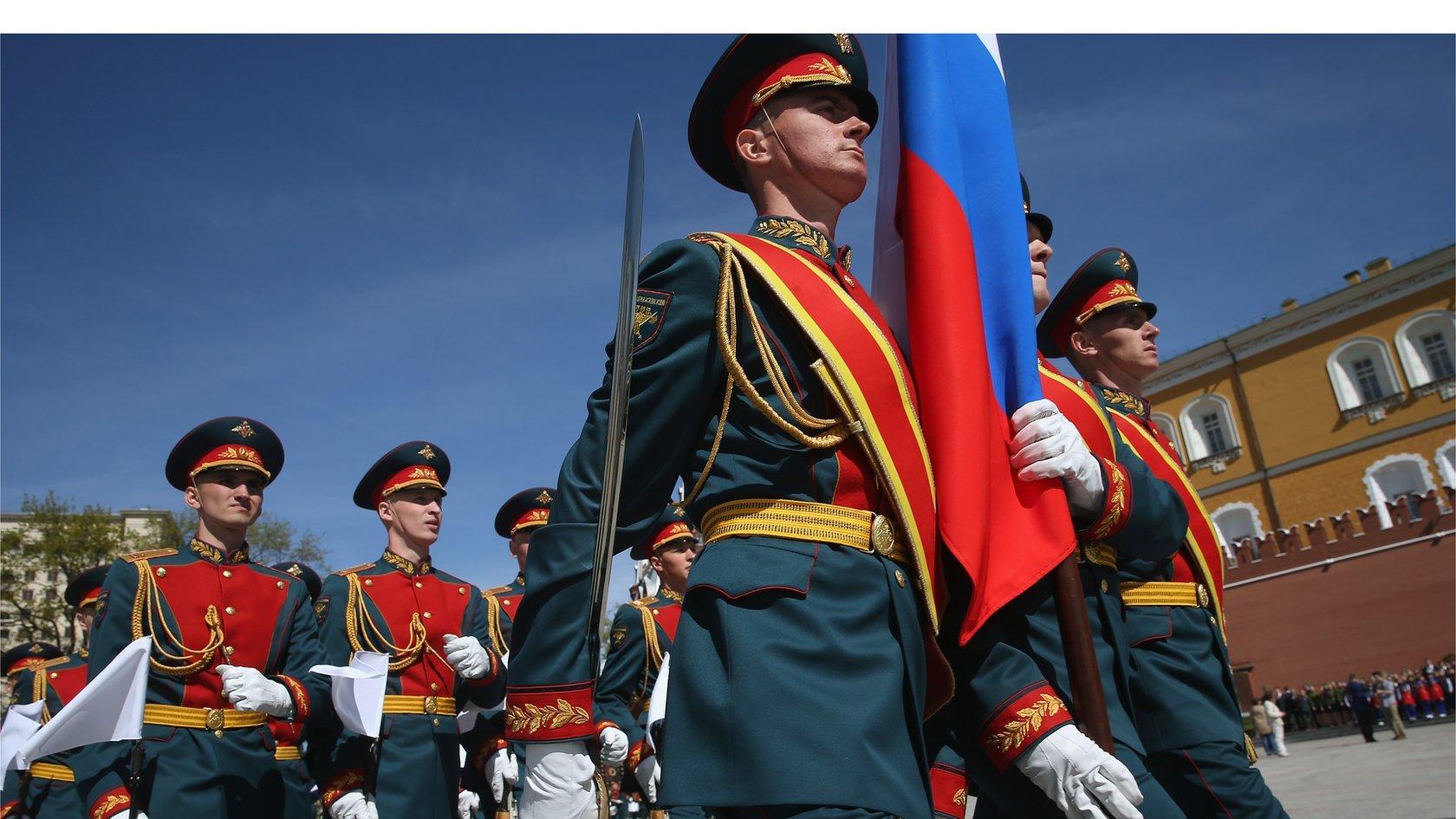
- Published9 May 2015
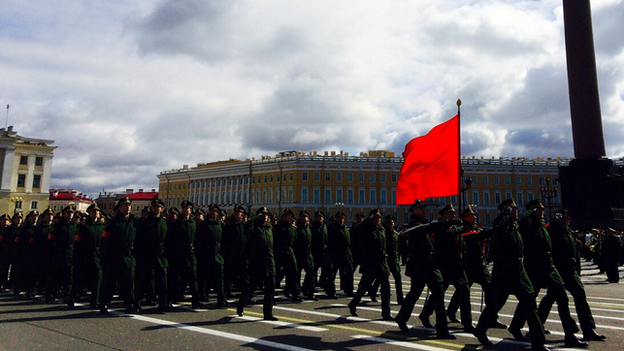
- Published8 May 2015
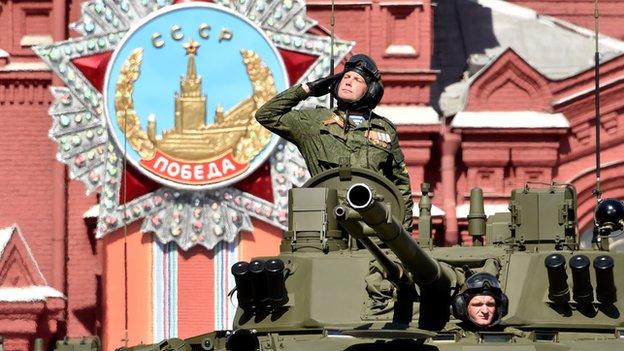
- Published8 May 2015
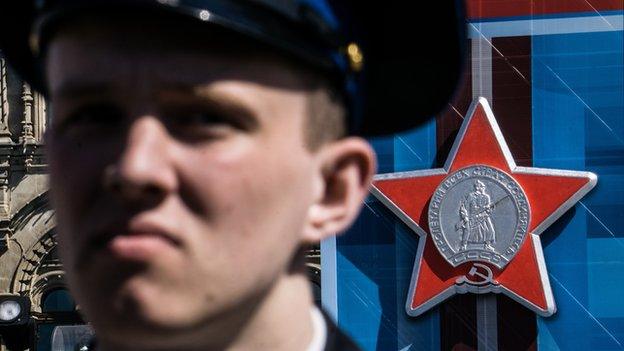
- Published6 May 2015
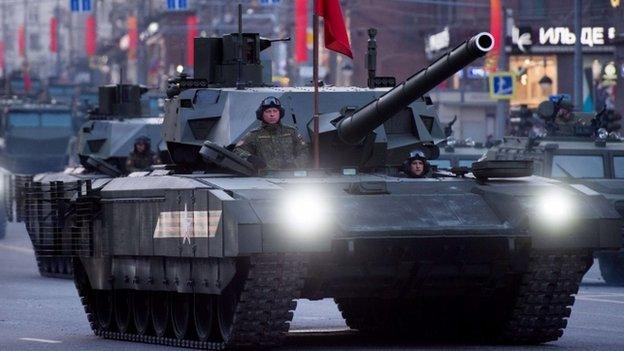
- Published5 May 2015
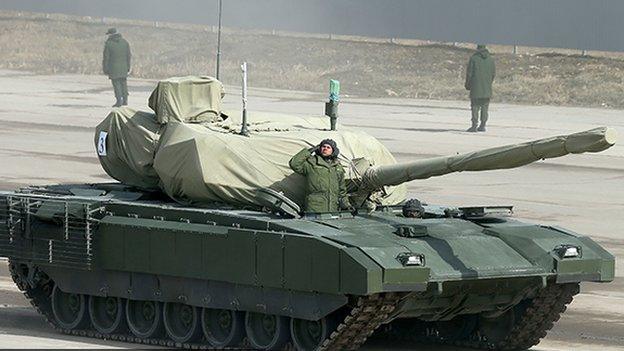
- Published2 September 2014
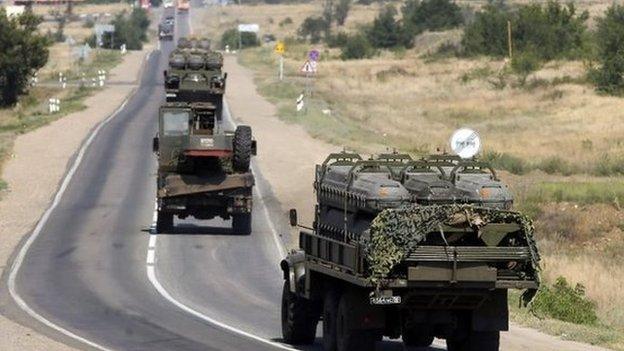
- Published25 March 2024
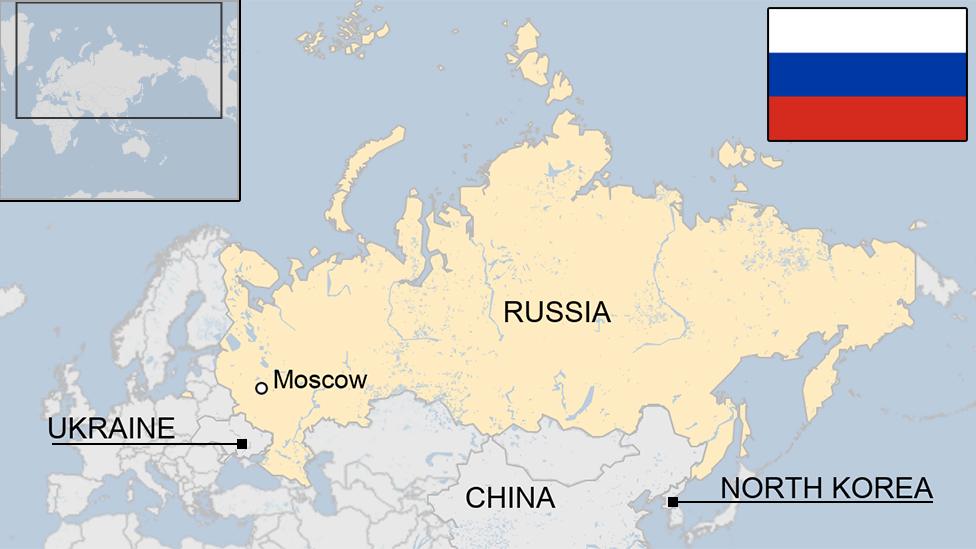
- Published18 March 2015
